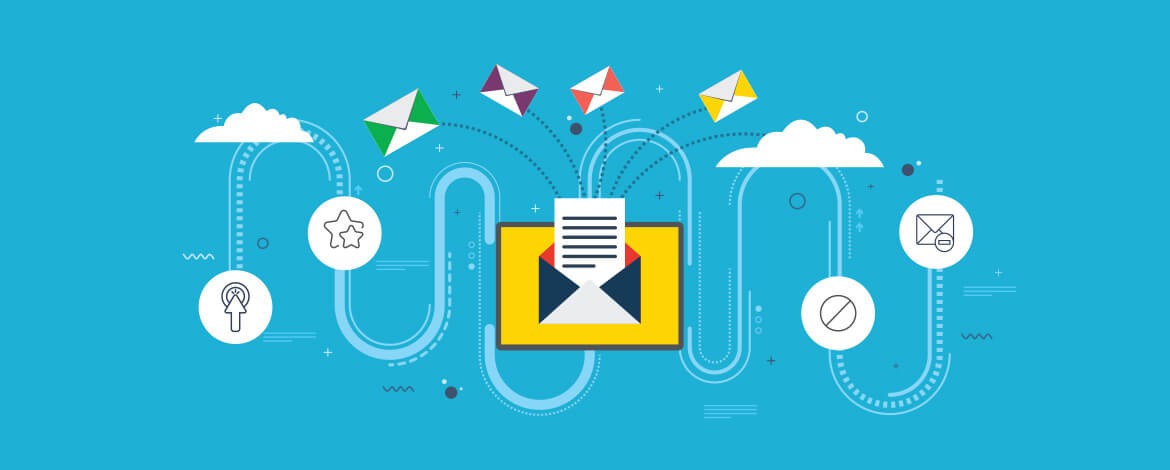Segmenting your email list is a pivotal strategy in the arsenal of effective email marketing techniques for businesses aiming to boost their engagement and conversion rates. By tailoring your message to meet the specific needs and interests of your audience segments, you can significantly improve the performance of your campaigns.
This blog post explores the key strategies for creating impactful email marketing campaigns, including crafting engaging content, segmenting your audience for targeted outreach, and analyzing the performance of your email campaigns to drive continuous improvement.
Understanding the Power of Email Segmentation
Email marketing remains one of the most cost-effective methods for reaching out to customers and prospects. However, not all subscribers are created equal. That’s where segmentation comes into play. By dividing your email list based on specific criteria such as demographics, purchase history, or engagement levels, you can deliver more personalized and relevant content.
Segmenting your email list for targeted campaigns is not just about personalization; it’s also about optimizing your email marketing efforts for higher open and conversion rates. By sending messages that resonate with a particular group, you increase the chances of your emails being opened and acted upon.
Studies have shown that segmented email campaigns can lead to as much as a 760% increase in revenue. This staggering number highlights the effectiveness of delivering the right message to the right audience at the right time.
Engaging Your Audience with Compelling Content
Once you have your segments defined, the next step is to create content that captures attention and encourages action. Crafting engaging email content is both an art and a science. It requires a deep understanding of your audience’s needs and preferences to deliver value in each message.
Personalization extends beyond just addressing the recipient by name. Tailor your message’s content, offers, and calls to action to match the interest of each segment. Creativity in subject lines, email design, and content can significantly impact your open and click-through rates.
Remember, the ultimate goal is to build a relationship with your subscribers. Provide them with useful information and solutions that solve their problems and address their needs.
Measuring Success and Making Improvements
No email marketing strategy would be complete without a thorough analysis of campaign performance. Analyzing email campaign performance for improvements is crucial to understanding what works and what doesn’t. This ongoing process helps refine your strategy, ensuring better results over time.
Key metrics to monitor include open rates, click-through rates, conversion rates, and unsubscribe rates. These indicators provide valuable insights into the health of your campaigns and the engagement level of your audience.
Use the data collected to continually tweak and optimize your emails. A/B testing different elements of your emails, such as subject lines, email copy, or call-to-actions, can reveal what resonates best with your audience, guiding your future strategies.
Building a Responsive Email List
Your email marketing efforts start with a solid and responsive list. Ensure that your sign-up process is quick, easy, and offers a clear value proposition. Use every touchpoint with your customers and prospects to grow your list organically, ensuring compliance with GDPR and other relevant regulations.
Maintaining list hygiene is equally important. Regularly clean your list of inactive subscribers and ensure your emails are mobile-friendly, as a significant portion of users access their email through mobile devices.
Automating for Efficiency and Personalization
Email marketing automation tools can significantly enhance the effectiveness of your campaigns by ensuring timely and relevant communication with your segments. Automation allows for drip campaigns, triggered emails based on certain actions, and personalized birthday or anniversary messages, which can increase engagement and loyalty.
Conclusion
Effective email marketing requires a blend of strategic planning, creative content creation, precise audience segmentation, and detailed analysis. By segmenting your email list, crafting engaging and relevant content, and continuously analyzing and refining your approach based on performance metrics, your business can leverage the power of email marketing to foster stronger relationships, enhance engagement, and ultimately drive conversions and revenue growth.


